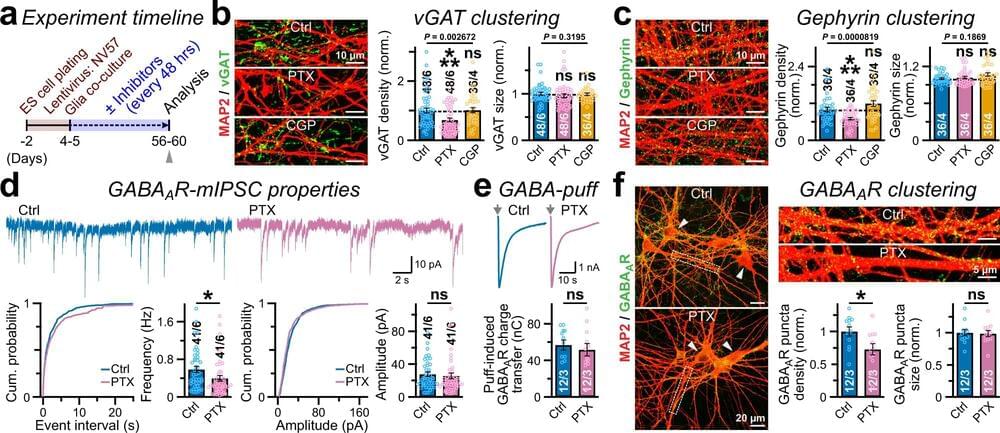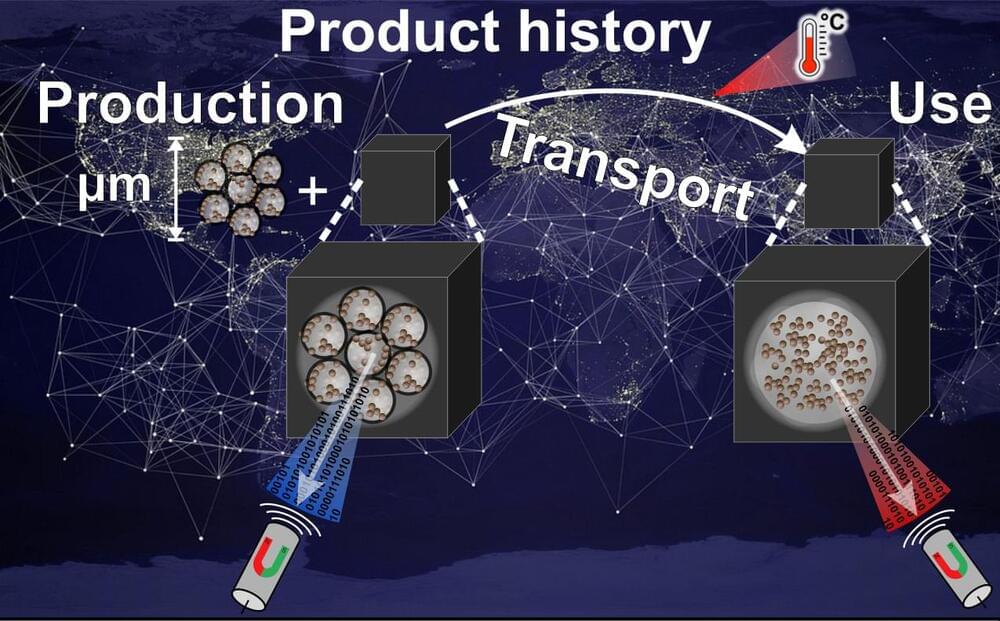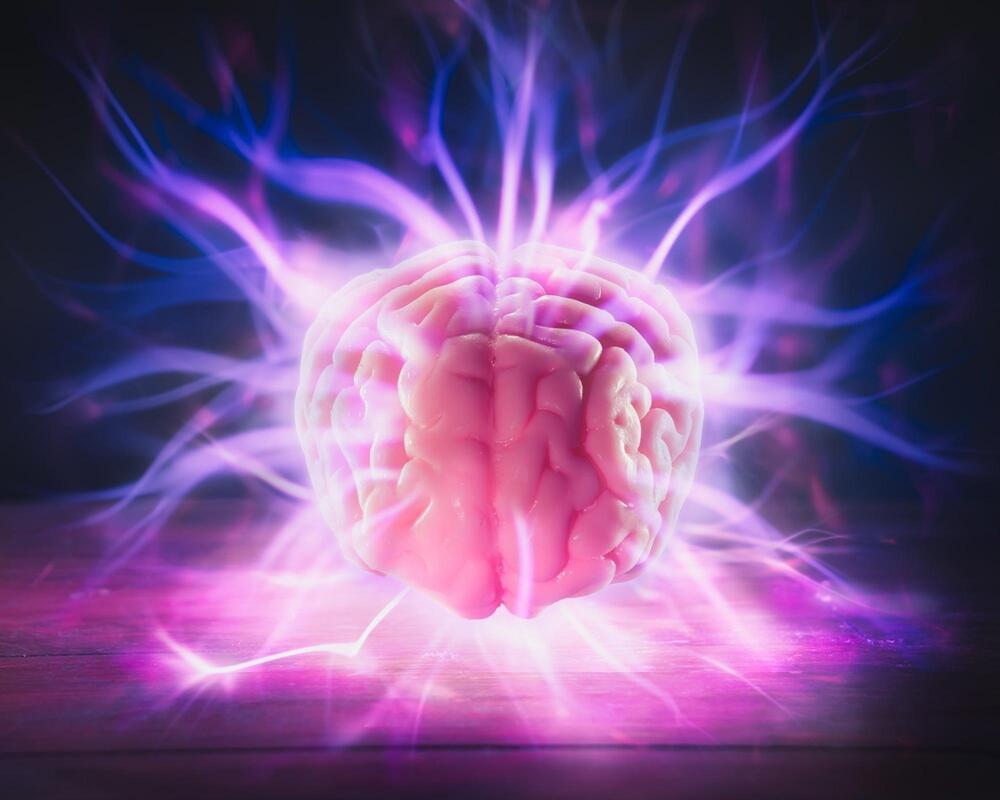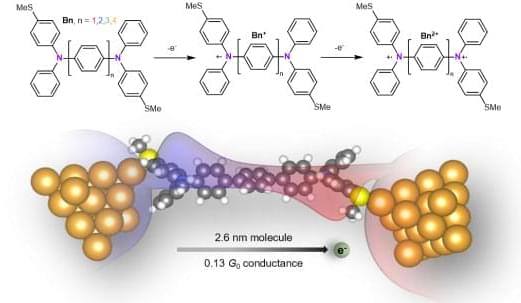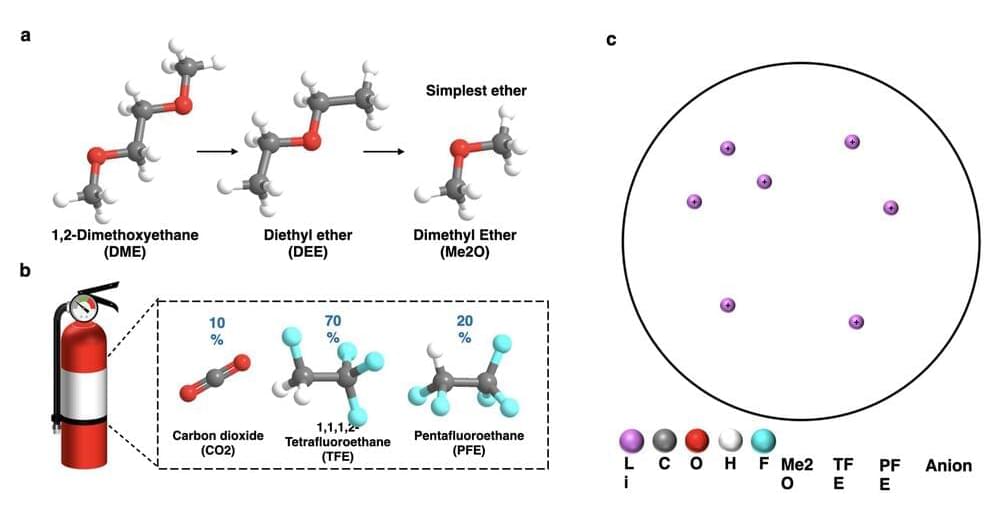How does the human brain work and how is it different from computers? If you think this is too complex to explain in a few minutes, you will be surprised. In this energetic and insightful talk, neuro-scientist Dr. Henning Beck gives insights into thought processes and tells you how you can create new ideas.
Dr. Henning Beck, neuroscientist and author, supports businesses to use brain-based approaches in order to develop innovative and efficient workflows. He studied biochemistry in Tübingen from 2003 to 2008. After his diploma thesis, he started his research at the Hertie Institute for Clinical Brain Research and intensified his work at the Institute of Physiological Chemistry at the University of Ulm. Supported by a PhD scholarship granted by the Hertie Foundation he did his doctorate at the Graduate School of Cellular & Molecular Neuroscience in Tübingen. He expanded his scientific expertise by an International Diploma in Project Management at the University of California, Berkeley in 2013. Until 2014, he worked for start-ups in the San Francisco Bay Area to develop creative workspace designs and advanced communication styles based on neuroscientific principles.
This talk was given at a TEDx event using the TED conference format but independently organized by a local community.
